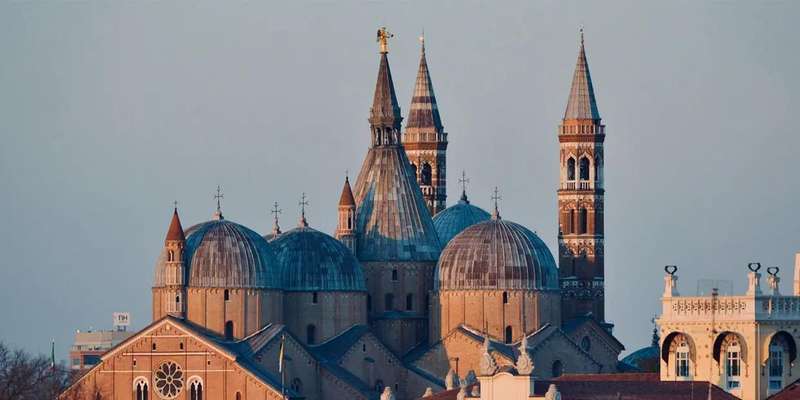- Home
- Useful Tips
- Padua's university anatomical...
Few travelers realize Padua's 16th-century anatomical theater pioneered modern medicine, yet most miss its profound significance amid rushed itineraries. Over 80% of visitors spend under 15 minutes here, unaware this candlelit dissection arena birthed medical education – where Galileo's contemporaries studied cadavers by lamplight. The frustration compounds when arriving to find timed slots sold out or tour groups blocking the intricate wooden carvings. Unlike Florence's crowded attractions, this UNESCO-listed treasure offers rare intimacy with Renaissance science, provided you navigate its peculiar hours and delicate preservation rules. Locals whisper about secret student traditions still echoing through the five-tiered walnut gallery, but such stories escape hurried visitors.


Avoiding the ticket queue scramble at Europe's oldest anatomy lab
Morning arrivals often face disappointment when the theater's limited daily capacity fills by 10am, especially during academic events. The university still uses this space for special lectures, causing unexpected closures. Savvy visitors target Wednesday afternoons when student groups thin out, or secure the 1:30pm slot after lunch crowds dissipate. Those who miss tickets can still admire the exterior’s 1594 inscriptions and visit the adjacent Palazzo Bo’s medical history collection at no cost. For guaranteed access, the university’s alumni association occasionally releases behind-the-scenes passes forty-eight hours in advance – these sell faster than regular tickets but include areas like the original preparation room where cadavers were preserved with Renaissance-era herbs.
Decoding the theater's hidden symbols with expert context
Most visitors overlook the ceiling’s astrological carvings linking zodiac signs to body parts – a Renaissance belief system governing dissection schedules. Local guides emphasize how professors would time demonstrations with planetary alignments, believing a Scorpio moon improved abdominal study. The wooden railings bear nearly invisible student engravings: look for 17th-century initials near the lecturer’s platform where daring pupils marked attendance. University archivists recently discovered these spots correspond to exam records showing rebellious scholars. For deeper insight, the Museo di Storia della Medicina offers Thursday twilight tours explaining how the theater’s unique acoustics allowed professors’ voices to carry without microphones – a feature modern surgeons still study for operating room design.
Where scholars stayed: hidden lodgings near the medical quarter
Medieval student housing still operates within cobblestone alleys of the former Jewish Ghetto, now offering budget rooms with anatomical prints. Casa della Rampa provides creaky charm just 200 meters from the theater, its 1583 foundation predating Galileo’s Padua lectures. For luxury seekers, Palazzo Zuckermann’s former anatomy professor suites feature original library ladders and dissection desk conversions. Few know about Ospedale di San Francesco’s guest quarters – this active hospital once hosted medical observers and now rents historic rooms overlooking the botanical garden where physicians grew study specimens. Early risers can attend 7am Latin mass at the university chapel, continuing a 500-year tradition of scholars praying before cadaver work.
Student-approved dining where Renaissance anatomists ate
The ‘osteria degli studenti’ near Teatro Anatomico still serves the liver-and-onion dishes medical students believed strengthened observation skills. Trattoria da Primo’s back room displays 18th-century student graffiti with anatomical doodles – ask about their ‘scholar’s menu’ replicating protein-heavy exam diets. For authentic atmosphere, Enoteca dei Secoli pours the same Friulian wines professors used to preserve specimens, now paired with mortadella carved in historical thicknesses. Budget-conscious visitors should time their visit for Thursday’s university canteen open days, serving €5 lunches in the same refectory where Vesalius allegedly debated muscle structure between bites of polenta.



